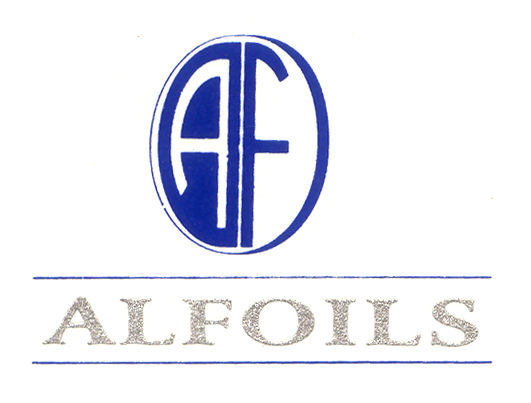
Aluminum foil is made from an aluminum alloy which contains between 92 and 99 percent aluminum. Usually between 0.00017 and 0.0059 inches thick, foil is produced in many widths and strengths for literally hundreds of applications of which 75% alone is used in packaging industry. The popularity of aluminum foil for so many applications is due to several major advantages, some of which are listed below:
Net Saver OF Resources
Aluminium foil in food and drink packaging applications saves more resources than are needed in its production. Various Life Cycle Assessments (LCAs) show that aluminium foil packaging and household foil contribute less than 10% of the environmental impact in a product‘s lifecycle
Barrier Protection
Aluminium foil’s total barrier to light, gases and moisture is the principal reason for its use in flexible laminates for food, drink and technical applications. Even when very thin it provides perfect protection and preservation of aroma and product characteristics. It can help to extend the viable life of sensitive products for many months, even years, fully retaining original aromas. By enabling products to be preserved for long periods without the need for refrigeration, aluminium foil packaging helps to prevent spoilage and can provide large energy savings.
Lightweight and Space Efficient
Economies in both transport and storage result from lightness, flat or reeled format of empty packs and, in the case of aluminium foil containers, their nesting shapes which are particularly suited to filling machine magazines. Aluminium foil helps save resources during packaging, product and waste transportation. By enabling products to be preserved for long periods without the need for refrigeration, aluminium foil packaging provides large energy savings. Their shape can make them very ‘space efficient’ in storage and display, enabling further energy and cost savings. Aluminium foil is weight saving, versatile and minimize the amount of packaging material needed.
Recycling
Aluminium is fully recyclable, endlessly, without any loss of quality. The recycling process for aluminium requires 95% less energy compared to its primary production, which corresponds to enormous emission savings. Modern separation techniques allow aluminium foil in household waste to be extracted and recycled at a fraction of its original energy cost.




